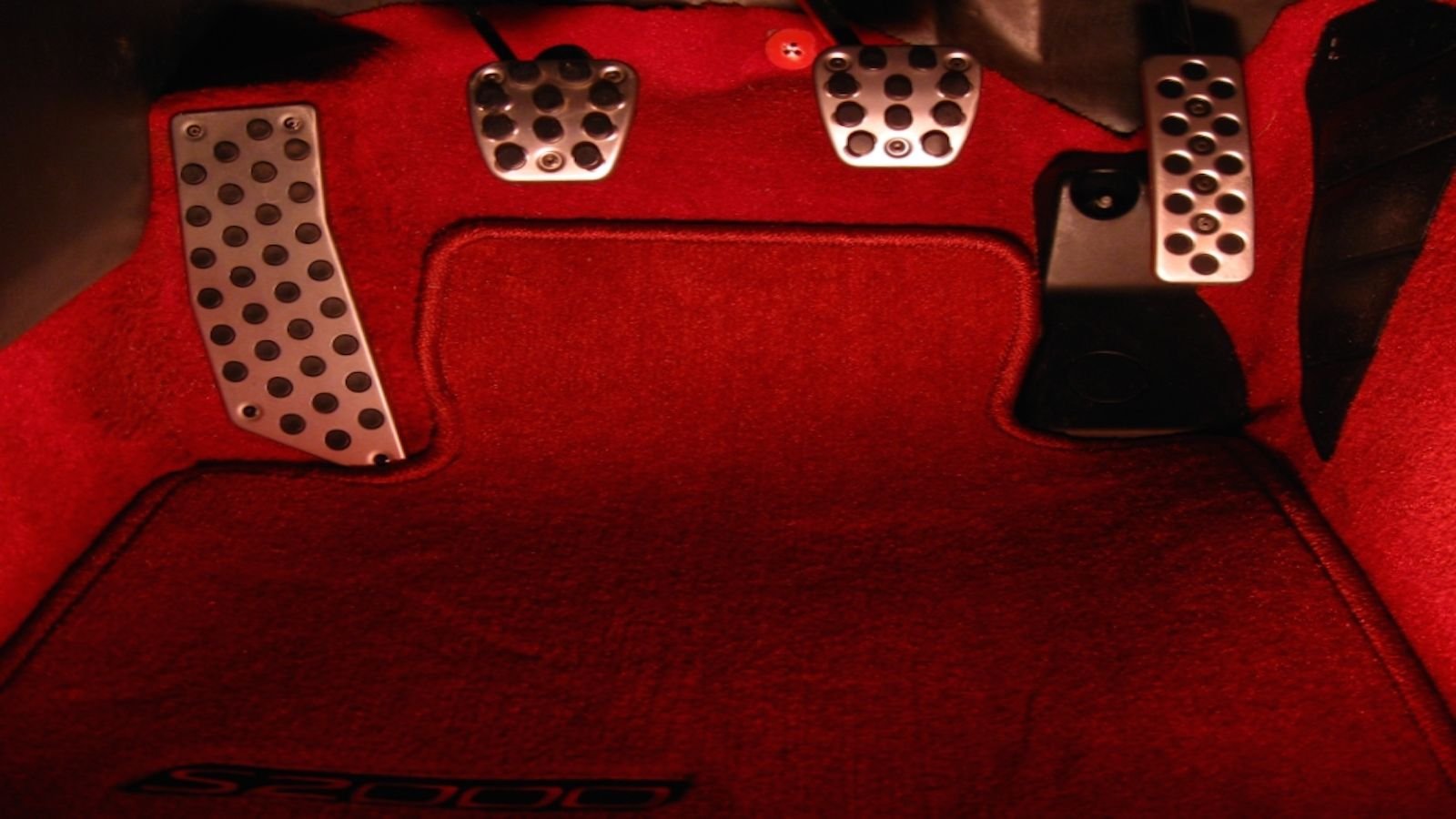Sizing a Brake Master Cylinder
Creating the right feeling of a car is just as important to a driver as having good reliable equipment that performs. After having brakes fail during a race I wanted to know more about this subject so I dug in. This is what I learned.












Ratios
There is a ratio between where the master cylinder is mounted in comparison to your your foot and the mounting point of the actual rod that bolts the pedal to the chassis. Changing this ratio applies different forces to the master cylinder. While most people are not going to run out and change this number, it’s an important concept to understand. If you’re building a car from the ground up then it is definitely something to consider!
>>Join the conversation on Sizing a Brake Master Cylinder right here in the S2Ki Forum!
Single or dual Reservoir?
The phrase “don’t put all your eggs in one basket” definitely applies when selecting a single or dual reservoir setup. If you have a failure in a single reservoir you may lose all of your braking power. Not exactly something that is ideal if you want to live longer than, say, your next track day. Dual reservoirs give an extra cushion of safety should anything go wrong.
>>Join the conversation on Sizing a Brake Master Cylinder right here in the S2Ki Forum!
Too small
The smaller you go in size the more pressure you will generate. A master cylinder that is too small can have excessive pedal travel and poor feedback to the driver. If you find your leg is doing too much work you may want to look into sizing up your master cylinder. This pedal movement can also affect the ability to get clean heel toe downshifts. This last bit can be dangerous as improper heel toe can lock up your wheels in a hurry
>>Join the conversation on Sizing a Brake Master Cylinder right here in the S2Ki Forum!
Too big
Conversely, a brake master cylinder that is too large can have negative effects like a stiff pedal that doesn’t move at all. This can be equally difficult to drive since you don’t get muscle memory of where the brakes will lock. While everyone is different there is definitely a sweet spot between these two that you have to experiment to find. Once you do it becomes second nature and braking happens effortlessly. It is the pedal in the middle that wins races!
>>Join the conversation on Sizing a Brake Master Cylinder right here in the S2Ki Forum!
Multiple Pistons
Of course this is all relative to the size of the calipers and how many pistons they have in them. If you run a turbocharged or supercharged setup with big brakes and multiple pistons in the calipers, then generally speaking you will need a master cylinder that is larger compared to someone running a stock setup. All of these things are factors to look into when sizing the right tool for the job.
>>Join the conversation on Sizing a Brake Master Cylinder right here in the S2Ki Forum!
Putting it all together
A great master cylinder can make or brake your race car. Knowing the right part to get is a combination of your pedal ratio, physical size of the brakes and calipers and getting the right feeling through your foot. When these parts fail or don’t work together the results can be frustrating and suck the fun straight out of a track day. Get it right and you’ll be all smiles as that F-series engine screams to high rpms!
>>Join the conversation on Sizing a Brake Master Cylinder right here in the S2Ki Forum!
